UV-Vis Microplate Reader: Precise Detection for Absorbance Analysis

Microplate readers are essential equipment in laboratories conducting absorbance-based analyses, such as ELISA assays, cell viability studies…
Microplate Washer: Fast and Efficient Cleaning for ELISA Assays

Microplate washers are essential tools in the field of ELISA assays and other microplate-based techniques…
Laboratory Incubators: Precise Temperature Control for Cell Cultures

Laboratory incubators are essential equipment in any biological, medical, or biotechnology research environment…
Bacti-Cinerators: Instant Sterilization for Safe Laboratories
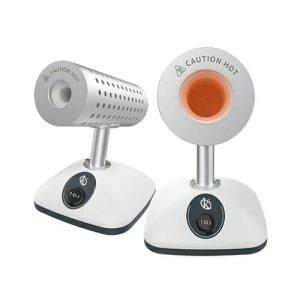
Modern laboratories require equipment that ensures maximum sterilization, reducing the risk of contamination and guaranteeing the precision of results. Bacti-Cinerators have become an essential tool to achieve this, offering an effective and safe solution for the elimination of microorganisms on tools and materials.
Technology in Autoclaves: Safety and Precision in Sterilization Processes

Autoclaves are essential tools in any laboratory environment, ensuring the elimination of microorganisms through sterilization processes involving high temperature and pressure. These devices not only provide a crucial level of safety in handling materials, but they also represent precision in processes requiring strict hygiene control.
Safety Cabinets: Advanced Protection for Hazardous Substances

Safety storage cabinets play a critical role in laboratories, hospitals, and industrial facilities where protecting hazardous substances is essential. As someone who has worked with and tested different models of safety cabinets, I can affirm that their importance lies in ensuring that hazardous materials are stored safely, minimizing risks to personnel and the environment.
Advances in Pathological Anatomy: Diagnostic Precision for Clinical Studies
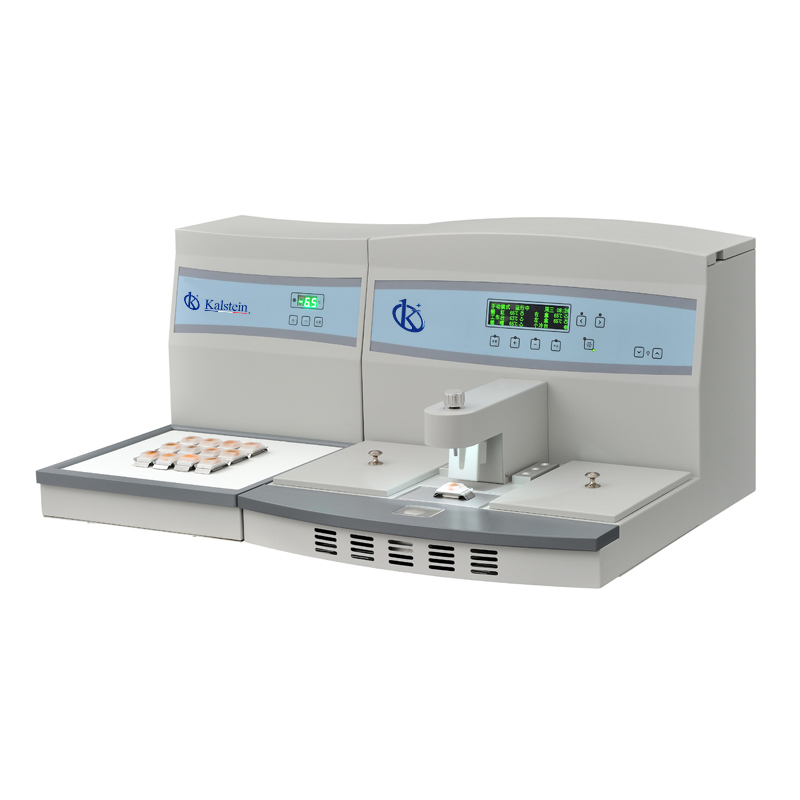
Pathological anatomy has evolved tremendously in recent years, allowing for more precise diagnoses and improving clinical study techniques.
High-Speed Homogenizers: Efficient Processing of Biological Samples
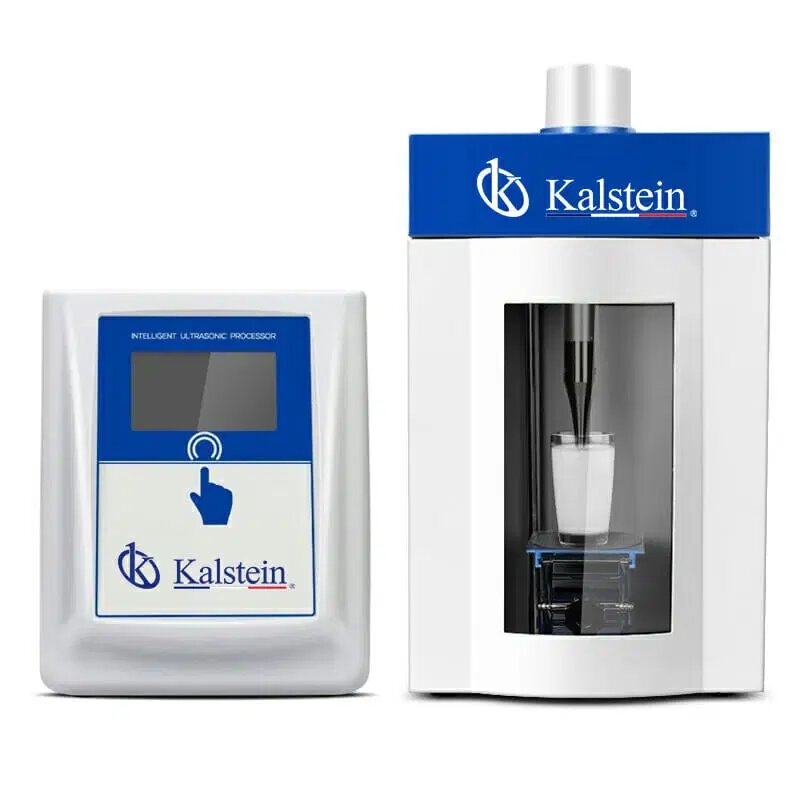
Homogenizers are essential equipment for processing biological samples in research and development laboratories…
Laboratory Analyzers: Precision and Efficiency in Scientific Diagnosis
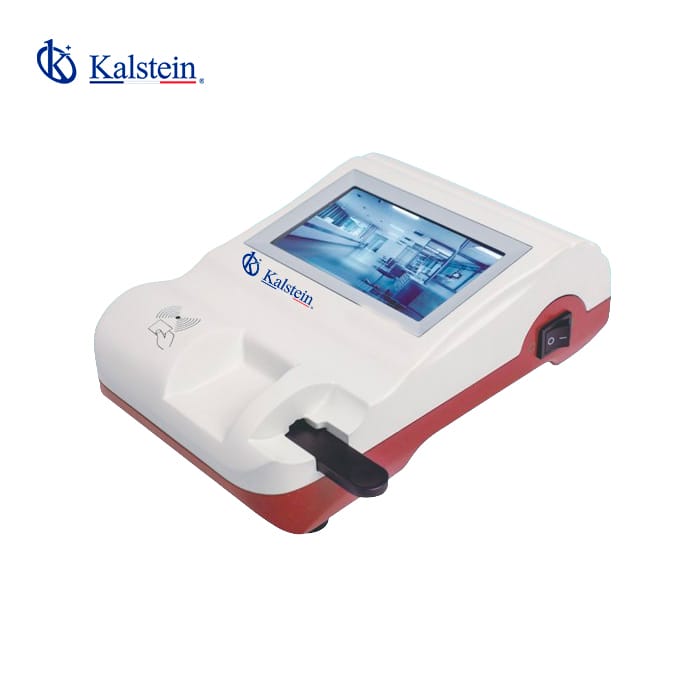
Laboratory analyzers are key tools in diagnosis and quality control across a wide range of scientific fields. While they are mainly used in medical laboratories, their importance also extends to sectors like industrial and pharmaceutical.
Laboratory Power Supply: Stability and Precision in Adjustable Currents
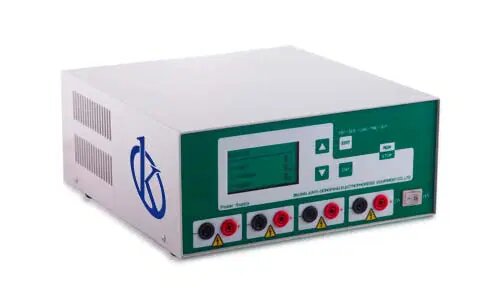
Having a reliable, high-precision laboratory power supply is essential for any laboratory aiming for consistent, quality results…
